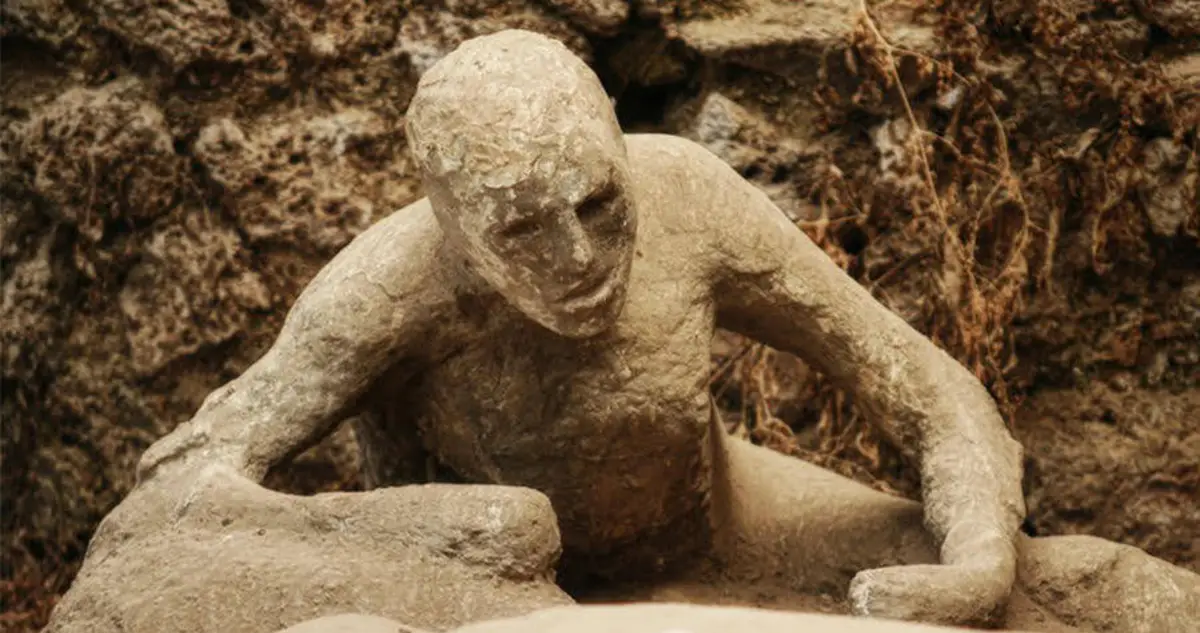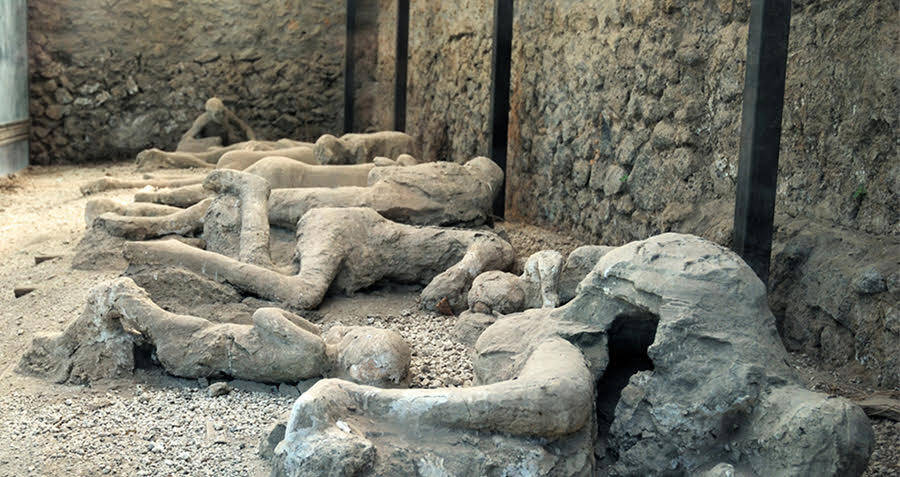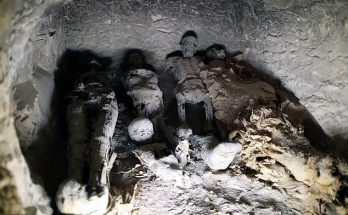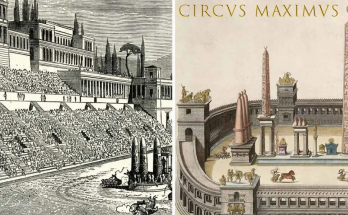When Mt. Vesuvius erupted near Pompeii and Herculaneum in 79 C.E., the volcanic ash left the bodies of the victims frozen in time.

Although the city of Pompeii is striking in itself, the bodies of Pompeii victims give a morbid window into the people who died when Mount Vesuvius erupted nearly 2,000 years ago.
Every year on Aug. 23, the Romans honored their god of fire. And in 79 C.E., amidst days of small earthquakes near Mount Vesuvius, the citizens of Pompeii celebrated Vulcan’s feast day as they always did — with bonfires and festivals, hoping to win the favor of the smith-god who labored at his forge inside the mountains.
The modern word volcano is derived from the name of the Roman god, and the people who worshiped him had no idea they were about to become victims of Europe’s deadliest volcano eruption.
At about 1 p.m. on Aug. 24, Vesuvius erupted in a cloud of smoke, ash, and toxic vapor. And when it blanketed the city, it killed at least 2,000 people almost instantly. And today, the Pompeii bodies are a chilling reminder of one of the ancient world’s most devastating disasters.

The eruption of Vesuvius began on Aug. 24 and continued into the next day. Residents of Pompeii and nearby Herculaneum who decided to stay put rather than flee met their ends when a blast of ash and noxious gases barreled over the city walls at over 100 miles per hour, killing every living thing in its path, according to History and Archaeology Online.
Ash from Vesuvius continued to fall over the cities until they were completely covered in layers of debris that consumed all but the tallest buildings. Ironically, although the blast destroyed Pompeii and Herculaneum, it also perfectly preserved them, reports Factinate.
The cities and their citizens remained exactly as they had that summer day in 79 C.E., frozen in time under layers of ash for over a thousand years.
The lost cities proved to be a dream come true for archaeologists, yielding a trove of intact artifacts that remained in almost perfect condition and had lain undisturbed for centuries. Not only had the city structure been preserved right down to the graffiti, but the excavations at Pompeii and Herculaneum provided a truly unique archaeological treasure: actual Romans.
The bodies of Pompeii victims had been covered in layers of fine ash that calcified over the centuries, forming a type of protective shell. When the skin and tissue of the Pompeii bodies eventually decayed, all that was left were voids in the layer of ash around them — in the exact shape of the victims in their final moments.
How Archaeologists Discovered The Pompeii Bodies
Excavations of Pompeii began accidentally in the 18th century when builders constructing a palace for the Bourbon king of Naples discovered the lost city while digging.
When the remains of a young woman were found in 1777, the excavators noticed they could clearly see the outline of the rest of her body in the ash that had encased her. It wasn’t until 1864 that Giuseppe Fiorelli, the director of the excavations, came up with an ingenious idea for reconstructing the bodies.

Marco Cantile/LightRocket via Getty ImagesArchaeologists have found more than just human bodies from Pompeii. In June 2022, the archaeological park put the remains of this Maiuri horse that was killed during the 79 C.E. eruption on display.
According to Seeker, Fiorelli and his team decided to pour plaster into the voids after discovering several air pockets that indicated the presence of human remains in a street dubbed the “Alley of Skeletons.”
They let the plaster harden, then chipped away the outer layers of ash, which left behind the cast of the volcano’s victims at the time of their deaths. Many of the Pompeii bodies remain frozen in contorted positions. Some had been trying to shield their faces with their hands, and one mother was found desperately trying to shield her child.

Without the adornments of toga, tunics, or any other clothing that would indicate the period during which they lived, the bodies of Pompeii seem as though they could have been from last year.
The eerily preserved expressions of horror and pain transcend the centuries. The body casts are on display at the Antiquarium of Pompeii, and they provide a powerful reminder that despite the millennia that separate us, the people who lived there were as human as we are.



